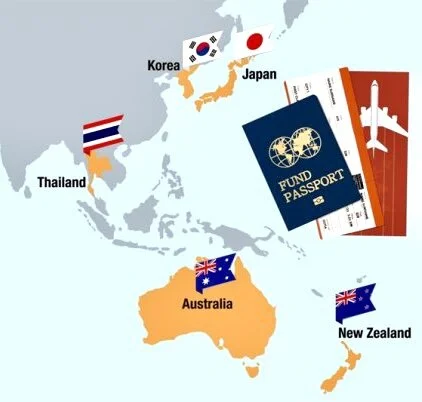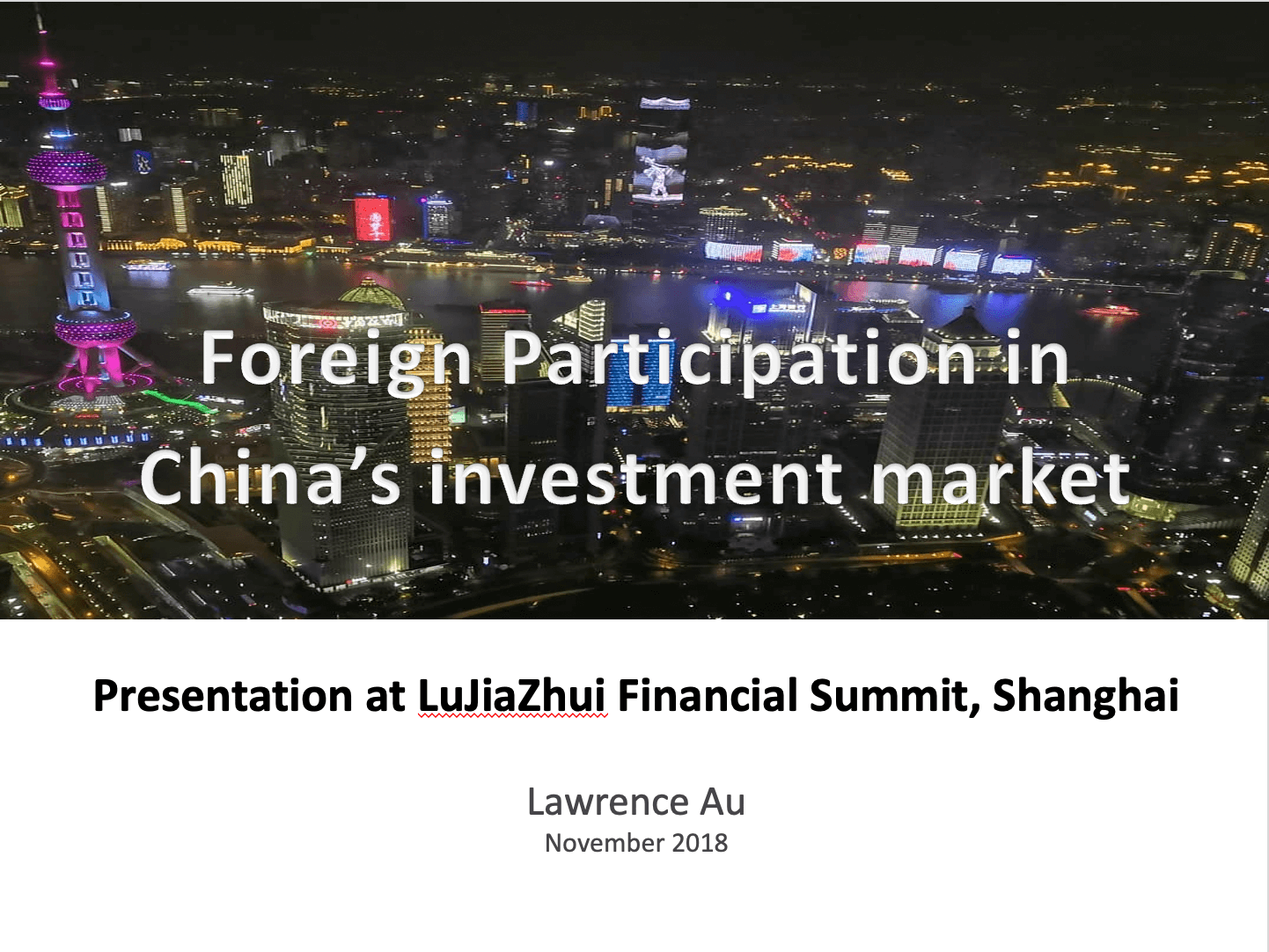Insights
What’s next post T+1?
The US, along with Canada, Mexico, Argentina, Peru and Jamaica, successfully migrated from a T+2 settlement cycle to T+1 in late May, joining India and China as trailblazers in settling trades just one business day after transaction. The total stock market capitalisation of these eight countries combined accounts for over 60% of the global market. This not only spurs other markets to expedite their own transitions to T+1, but also sparkles interest in looking for ways to slash the settlement cycle further.
Countdown to T+1
Firms worldwide are waking up to implications of T+1 settlement and most are unprepared for the conversion.
Moving to T+1 settlement
Shortening the securities settlement cycle to T+1 will have a profound impact on global financial markets, helping to cut risk in volatile markets. In the Asia Pacific, India has begun T+1 implementation with a phased approach.

Competition in China’s custody market stiffens
China’s custodian banks have been on a roll over the past two decades. But now their margins are being squeezed and new challengers are appearing on multiple fronts. Apart from competition from within, custodian banks are also seeing their market share being eroded by securities companies in the mutual fund and private fund sectors. Foreign banks are also entering the scene.

Evolution of the securities services industry
The custodian industry is highly concentrated today, with 60% of the assets held by the top five custodians, the result of several decades of growth and consolidation. M&A activities have played a major role in shaping the industry’s landscape today; a new wave of M&A activities will be triggered as the industry goes into the digital age.

Central bank digital currencies
CBDCs are actively researched on by 56 central banks representing 90% of the global economy. Apart from China which is progressing with its e-CNY project at high speed, 14 other countries are in the pilot stage of their CBDCs and preparing a possible full launch. The BIS anticipates that one-fifth of the world’s population may be using CBDCs in three years.

Asia Region Funds Passport: a long way to go
More than a decade on, the opportunities behind the Asia Region Funds Passport remain an aspiration.

Front-to-back outsourcing: the third wave
Front-to-back outsourcing has become a new battleground for securities services providers in addressing the evolving needs of asset managers. Demand for fast and accurate data is driving outsourcing of front-to-back office operations.

Digital assets custody: too big to ignore
The explosive growth of the crypto market underscores how cryptocurrencies have come a long way from the days where many considered them a scam. Securities services providers are feeling their way into the world of digital assets.

Hong Kong Mandatory Pension Fund: survival of the fittest
The MPF in Hong Kong celebrated its 20th anniversary in December 2020. The system's total assets have hit the HK$1 trillion (US$129 billion) mark and rank among the 30 largest public pension systems in the world. A major digital revamp to the platform will be launched in 2022. Price wars and industry consolidation are likely.

A golden opportunity for foreign custodians in China
Most foreign players’ ability to unlock China's domestic wealth has been unimpressive over the past 20 years. How would it be different this time?

Is the custody industry doomed?
The custody industry is facing new challenges with the advent of fintechs. There are several principles that will help providers remain relevant and prosper.

Foreign participation in China’s investment market
The Chinese investment market has been fast changing over the past two decades since it started. A multi-faced ecosystem has developed embracing diversity as well as specialisation. Although there are now multiple avenues for foreign participation, Chinese regulators can do a lot more to internationalise the industry .

